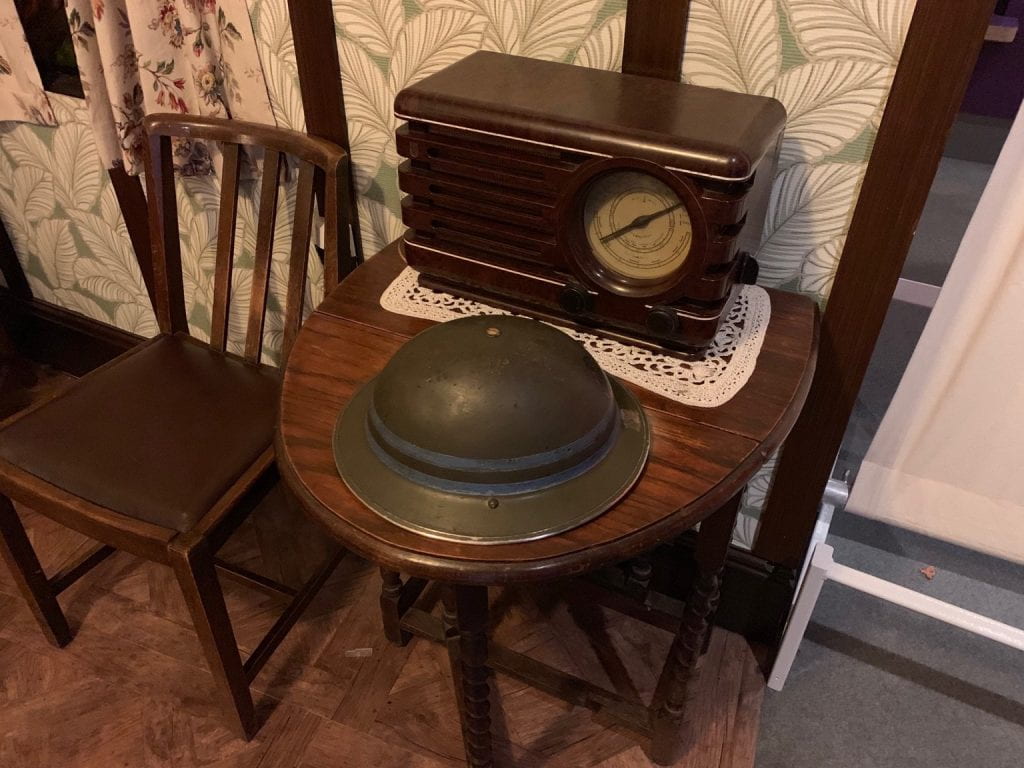I don’t want to write about Auschwitz. It is difficult to grapple with the atrocities that the Nazis committed there and in so many other places in eastern Europe. When I walked through the famous gates reading “arbeit macht frei,” I was sobered but disassociated from the place, as one is in places where unfathomable trauma has occurred. I continued on in this state as our tour progressed, past fences, photos, and then a room filled with human hair.
The objects collected at Auschwitz when the Soviets liberated it are only a small fraction of what the Nazis took, which makes seeing them all the more horrifying. The Germans made cloth out of human hair from women that they killed in Auschwitz. But it wasn’t this hair that snapped me out of my trance, but a stack of tallits, Jewish prayer shawls. Somehow, that made everything real.
I grew up Jewish. I have left wing political beliefs. I am only here because my great-grandfather immigrated from Poland to the United States. Walking through Auschwitz, seeing the faces of people that look exactly like those I grew up with, and knowing that had I been in Poland at the time I would have certainly been in that camp wearing a red triangle with a yellow one on top of it (meaning political prisoner and Jew) made Auschwitz personal.
The last stop on our tour, in Auschwitz II-Birkenau, was through a prisoner barrack preserved the way it was in 1944. It was in this barrack that those condemned to death would spend their last few nights. Already given starvation diets, prisoners at Auschwitz condemned to the gas chambers were not given any food or water. And the Nazis would not take these prisoners to the gas chambers until the barracks were filled with 1,000 people. Tired, starving, parched people stayed in these barracks awaiting their deaths. Walking through it, I felt like I was disturbing something sacred. I felt that my very presence somehow trivialized the suffering that had occurred in this room.
I don’t want to write about Auschwitz, but we all have to. I am privileged enough to have had the opportunity to study and stand in the places where genocide occurred. It is my responsibility to educate others about what I saw and felt. What gives me the most anguish, however, is that I feel that the world has not yet learned from these crimes. Mass murder and genocide continue on into the 21st century as our own country bombs others and shuts its doors to asylum seekers and refugees. We are all humans with fundamental rights. We all deserve freedom.






